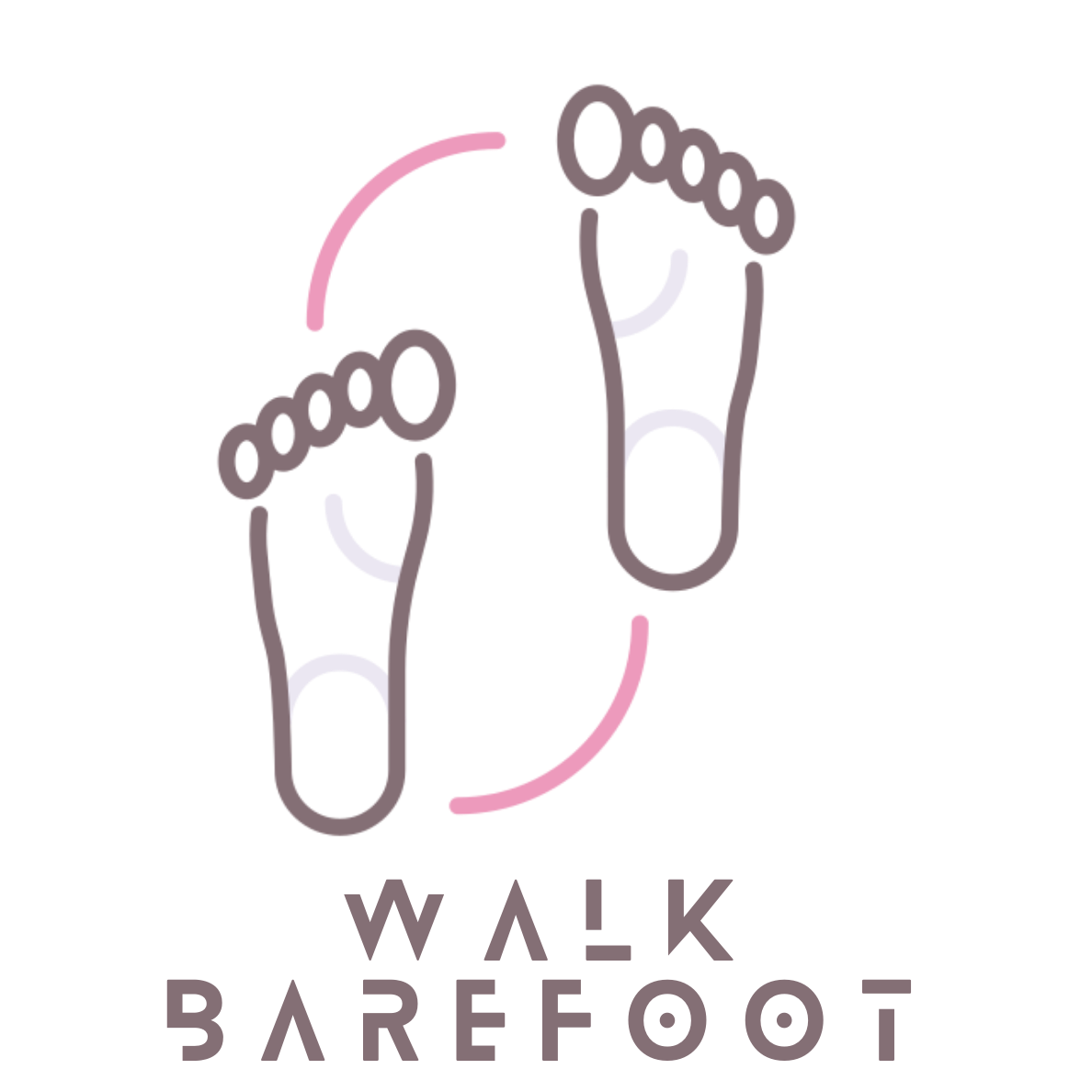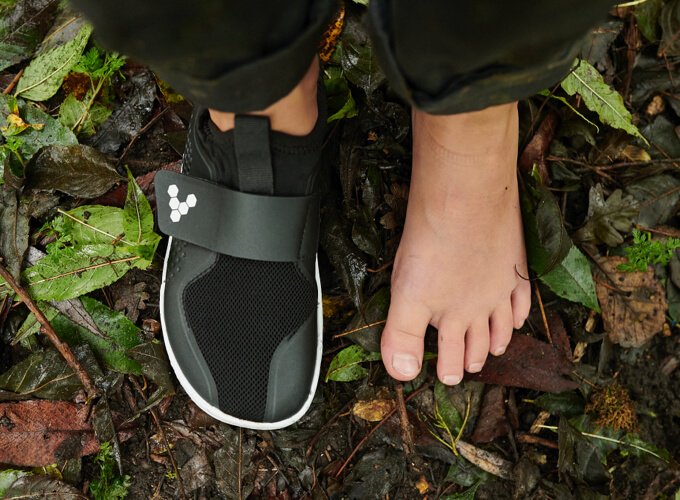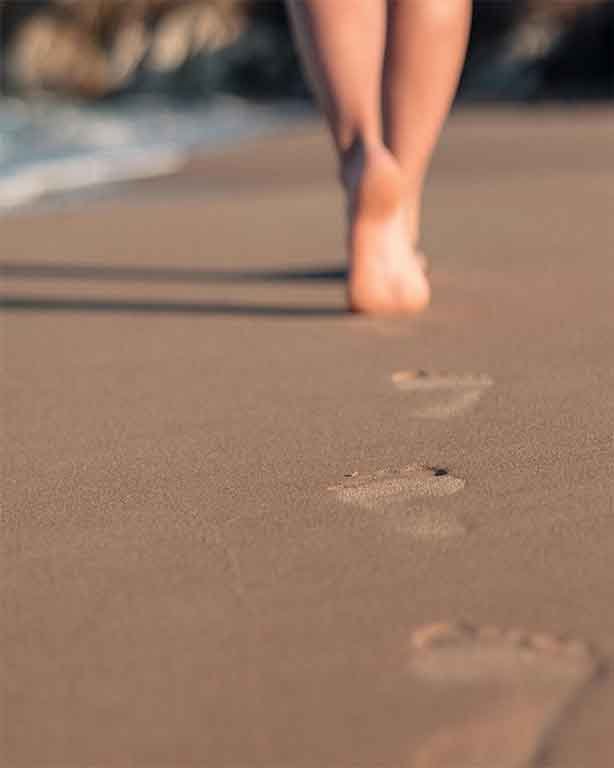Introduction
Choosing the right pair of barefoot shoes is crucial for experiencing the full benefits of natural movement and foot health. Unlike traditional footwear, barefoot shoes prioritize comfort, flexibility, and a wide toe box to mimic the sensation of being barefoot. However, finding the perfect fit requires accurate measurements of your feet to ensure optimal performance and comfort. In this comprehensive guide, we’ll explore the step-by-step process of measuring your feet for barefoot shoes and provide valuable tips for achieving the perfect fit.
Understanding Barefoot Shoe Sizing
Before diving into the measurement process, it’s essential to understand the unique sizing conventions used in barefoot footwear. Unlike conventional shoes, which often adhere to standardized sizing charts, barefoot shoe brands may have their own sizing guidelines based on foot shape, width, and length. Additionally, barefoot shoes typically feature a zero-drop or minimal heel-to-toe drop, which can impact the fit compared to traditional shoes.
Step-by-Step Guide to Measuring Your Feet
- Gather the Necessary Tools
- A ruler or measuring tape
- A piece of paper
- A pen or pencil
- Find a Flat Surface:
- Stand on a flat surface with your weight evenly distributed on both feet.
- Ensure that your feet are relaxed and not bearing any additional weight.
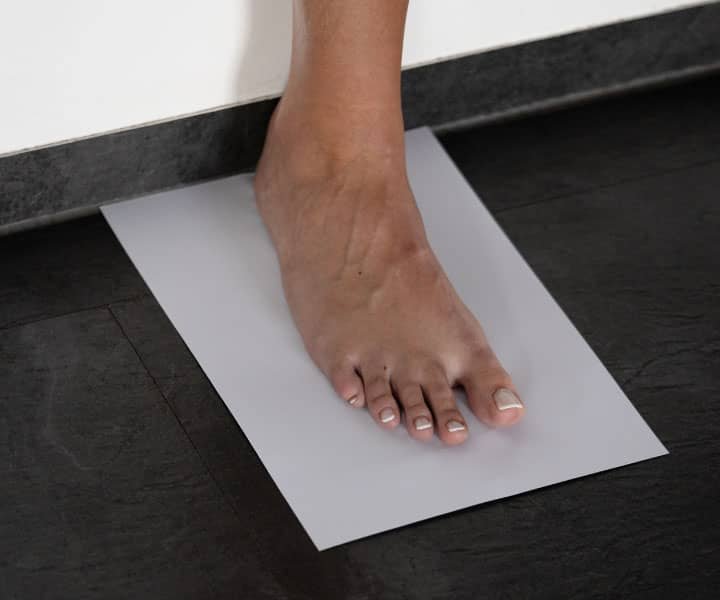
- Trace Your Feet:
- Place a piece of paper on the ground and stand on it.
- Use the pen or pencil to trace the outline of each foot, ensuring that the pen is perpendicular to the paper and following the natural contours of your feet.
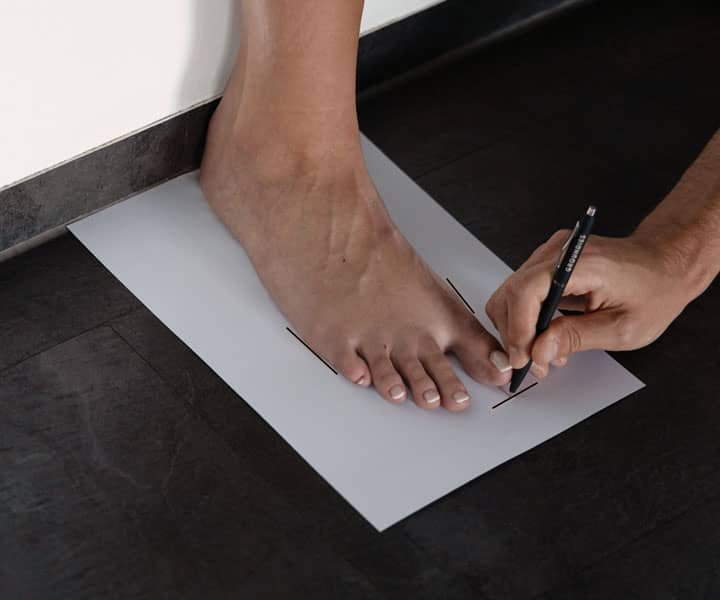
- Measure the Length:
- Use the ruler or measuring tape to measure the distance from the heel to the longest toe on each foot.
- Record the measurement in inches or centimeters for both feet.

- Measure the Width:
- Measure the widest part of each foot, typically across the ball of the foot or the metatarsal heads.
- Record the measurement in inches or centimeters for both feet.
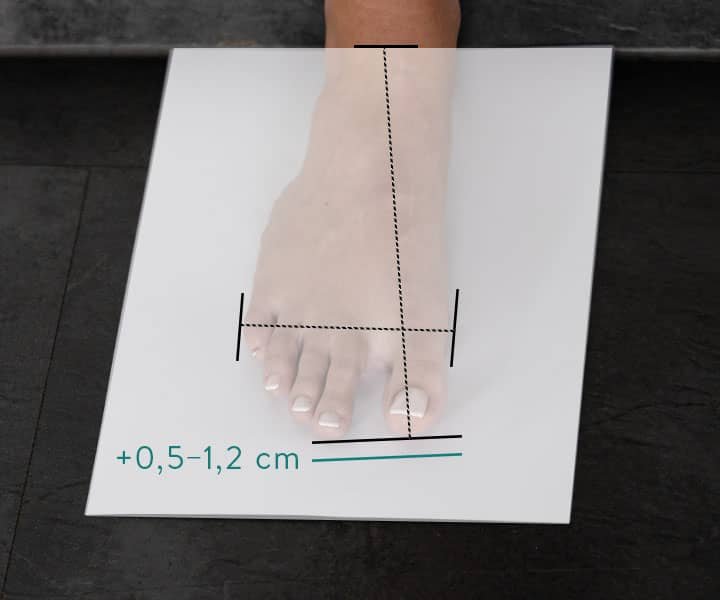
- Determine Your Shoe Size:
- Use the measurements of your feet to determine the appropriate size according to the sizing chart provided by the barefoot shoe brand.
- Consider any additional factors, such as foot width or volume, when selecting the size.
Tips for Achieving the Perfect Fit:
- Consider foot volume:
- Some barefoot shoe brands offer different width options to accommodate varying foot volumes.
- If you have high arches or wide feet, opt for styles with a roomier toe box or adjustable straps for a customized fit.
- Measure both feet:
- Feet can vary slightly in size, so it’s essential to measure both feet and select the size that accommodates the larger foot.
- Take measurements at different times of the day, as feet may swell slightly in the afternoon or evening.
- Allow Room for Toe Splay:
- Barefoot shoes should provide ample room for toe splay, allowing the toes to spread naturally with each step.
- Ensure that there is at least a thumb’s width of space between the longest toe and the front of the shoe.
- Test the fit:
- Once you’ve selected a pair of barefoot shoes, try them on and walk around to assess the fit.
- Pay attention to any areas of discomfort or pressure points, especially around the toes and the sides of the foot.
Conclusion
Measuring your feet accurately is the first step towards finding the perfect pair of barefoot shoes. By following the step-by-step guide outlined in this post and considering valuable tips for achieving the perfect fit, you can ensure optimal comfort, performance, and foot health in your barefoot footwear. Remember to prioritize flexibility, toe splay, and overall comfort when selecting barefoot shoes, and enjoy the benefits of natural movement with every step.
